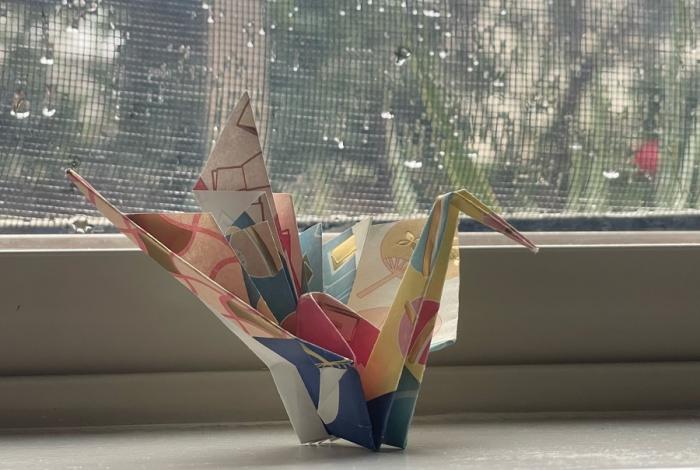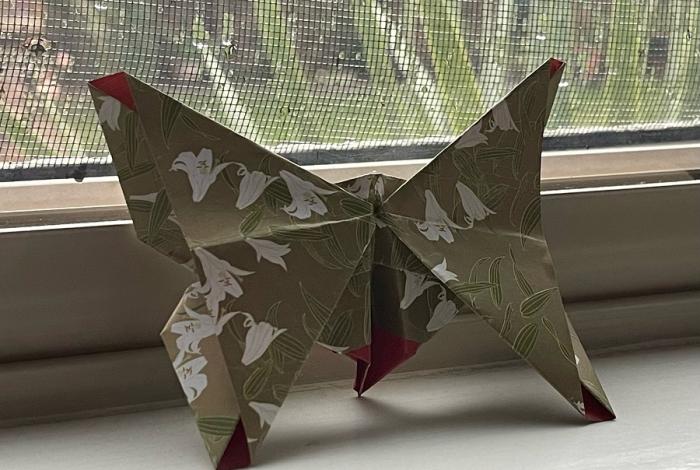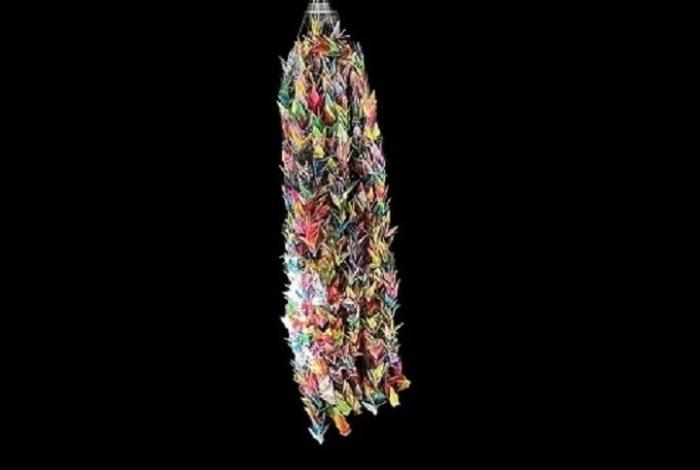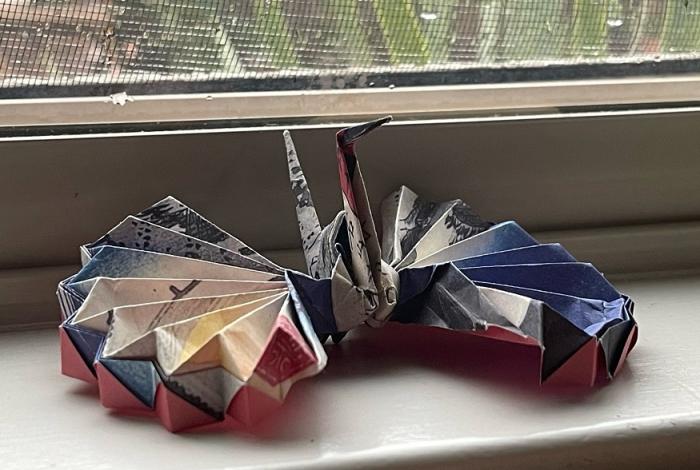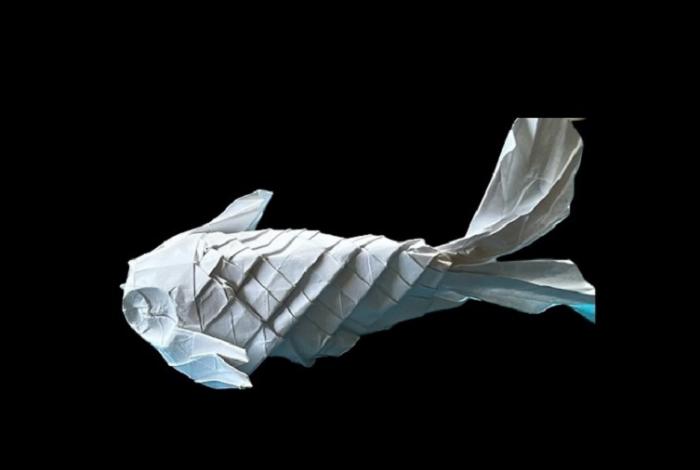Teens in Ladera
Discover a New Perspective from the Art of Origami
Article by Connor Mai
When you see a piece of plain, white paper, what do you think? While many people simply see the paper that lies before them, others see endless opportunities. With a single sheet of paper, one can enter a realm of possibility and creation. This is one of the key principles in origami, an art as old as paper itself. Originating from Japan, this art style focuses on folding paper to create geometrical representations of familiar sights and life forms ranging from abstract to extravagant in complexity. Origami sculptures follow strict rules to be considered as such: An origami model must not be glued, cut, or torn to achieve something folding could not. If the model uses cuts, it is defined instead as kirigami.
The art of origami is universally known and can be used to communicate different messages to people. Last summer, I folded a thousand paper cranes to donate to a cancer patient. In Japanese culture, a thousand paper cranes represent a wish because a crane is foretold to live for exactly a thousand years. Many in Japan use origami for similar reasons, such as folding paper stars for good luck or to create beautiful decorations, or gifts.
Outside of its aesthetic uses, origami has also been proven to increase spatial visualization in children and can be utilized for teaching various different subjects, such as mathematics, physics, architecture, and engineering. It is a precious resource, and by learning origami and fostering an interest in the art form, we can bring our community closer while strengthening our minds.
